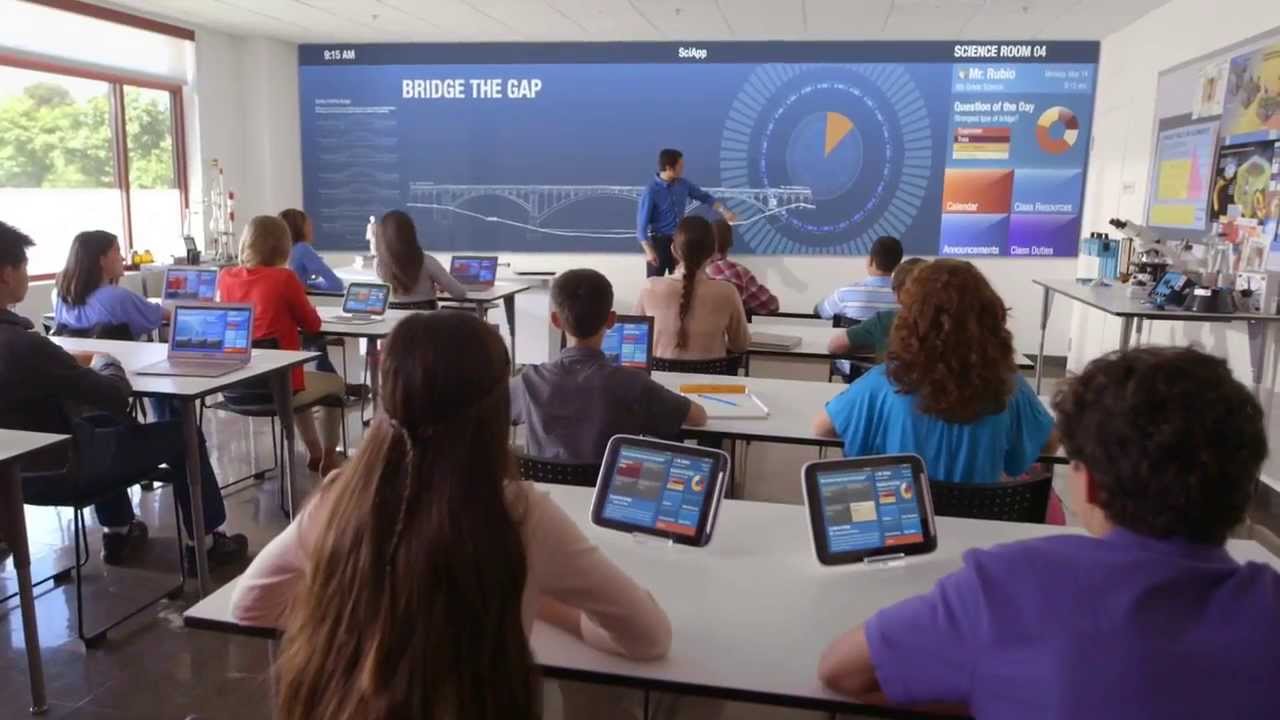
Technology can be a powerful tool for transforming learning. It can help affirm and advance relationships between educators and students, and reinvent our approaches to learning & collaboration, Anil Mammen, Chief – Learning Design & Impact, Tata ClassEdge, for Elets News Network (ENN).
Everyone learns best by doing. You first learn to read by attempting reading. You learn to drive by sitting behind the wheel and driving. Your thoughts become sharper when you dedicate time for thinking and reflection.
Doing does not mean doing something with one’s hands all the time. Listening, reading and thinking are actions too.

But not all actions help you learn. Some are chores like brushing your teeth, chopping vegetables, watering plants and so on. They are essential – in fact, quite significant – but most times they don’t teach you more than what you already know about those. Therefore, if learning becomes a chore, there is also an inevitable cessation of learning.
When does an action become a chore? Well, it happens when there is no more trial and error. When things don’t shake you up. When the patterns remain regular and unchanged.
When you observe infants, you see them indulging in a lot of trial and error. They also inundate us with a barrage of questions. Around two or three years, they start communicating using short sentences (language acquisition), engage in a lot of creative play (creative thinking) and are hungry to learn more.
How do we relate this to technology? For one, technology provides us with the affordance to play with it, make mistakes and learn to do new things with it. Little wonder then that we see a lot of older people today effectively making use of smartphones to video-call their children, relatives and friends; post happy pictures on social media; and share inspirational quotes on messaging applications.
Learning happens when errors lead to higher gain
A plane crash due to piloting error is a costly mistake that could result in the loss of lives. Which is why pilots are made to practice on flight simulators and learn under the guidance of expert pilots. Flight simulators allow a trainee pilot to make mistakes without having to worry about a real crash. When learners feel that they gain more from making certain kinds of errors while learning, they are also learning to handle risks.
However, a lot of what passes off as educational technology today – video tutorials, animations and multiple-choice questions – is quite low on trial and error. These have all the ingredients to start children on a somewhat engaging route. But when novelty wears off, these might end up being a chore or, even worse, are likely to be dumped as non-essential for scoring well in exams.
Imagine the following three scenarios:
- A child watches an online tutorial on how to calculate area and perimeter.
- She attempts a few multiple-choice questions using the formula for calculating area and perimeter.
- She designs a neighbourhood park, with a designated play area within it. She has to lay a fence around the park.
The first two exercises can enhance textbook-learning, as they merely represent textbook content in a virtual form. In the third task, the child is likely to get some calculations wrong, and she will notice that in her faulty design of the park. However, it’s also entirely possible that she won’t give up until she gets it right. That’s the beauty of an authentic task.
Bringing authentic tasks to the classroom
Let me give a non-technology example. If you observe children in class 3 doing a math problem, you might notice that they are more likely to get the correct answer to a question such as, “What is 50 minus 20?”. On the other hand, they find it difficult to solve a word problem based on a real-life situation like this one: “Two bars of chocolate cost Rs 30. You give the shopkeeper Rs 50. How much money should you get in return?”
Does this word problem reflect a real-life task?It does, but in a verbal form.It’s not an actual situation involving the child. The task involves first decoding the language that is used to represent the problem,and then identifying the mathematical operation in it. On the other hand, let’s imagine you take a seven-year-old child to a local grocery shop. Give Rs 50 to the child and ask her to buy two bars of chocolate for Rs 30. She might intuitively know how much the shopkeeper is supposed to return without having to do any pen and paper calculation. An authentic task is one where you could gain or lose something based on what you choose to do. And when such a task precedes theories and equations, students are likely to internalise them more sharply.
For instance, handling money by yourself means investing yourself in a task. It’s this real investment that is missing in formal education. Almost all the learning that human beings have acquired so far is a result of their interactions with their environment and other people – which include interactions with ideas, risks, and consequences. It’s the feedback from these interactions that make learning meaningful.
However, classrooms and our education systems work within certain constraints, and therefore, it’s not always possible to give children the rich experiences of the real world. And that’s where technology can play a significant role – by simulating real-world environments and situating children in real situations. When technology merely represents textbook knowledge on a screen, it’s a severe underutilisation of its potential. The role of an educational technologist is to make learning meaningful, not a chore. Let’s not lose sight of that.






















